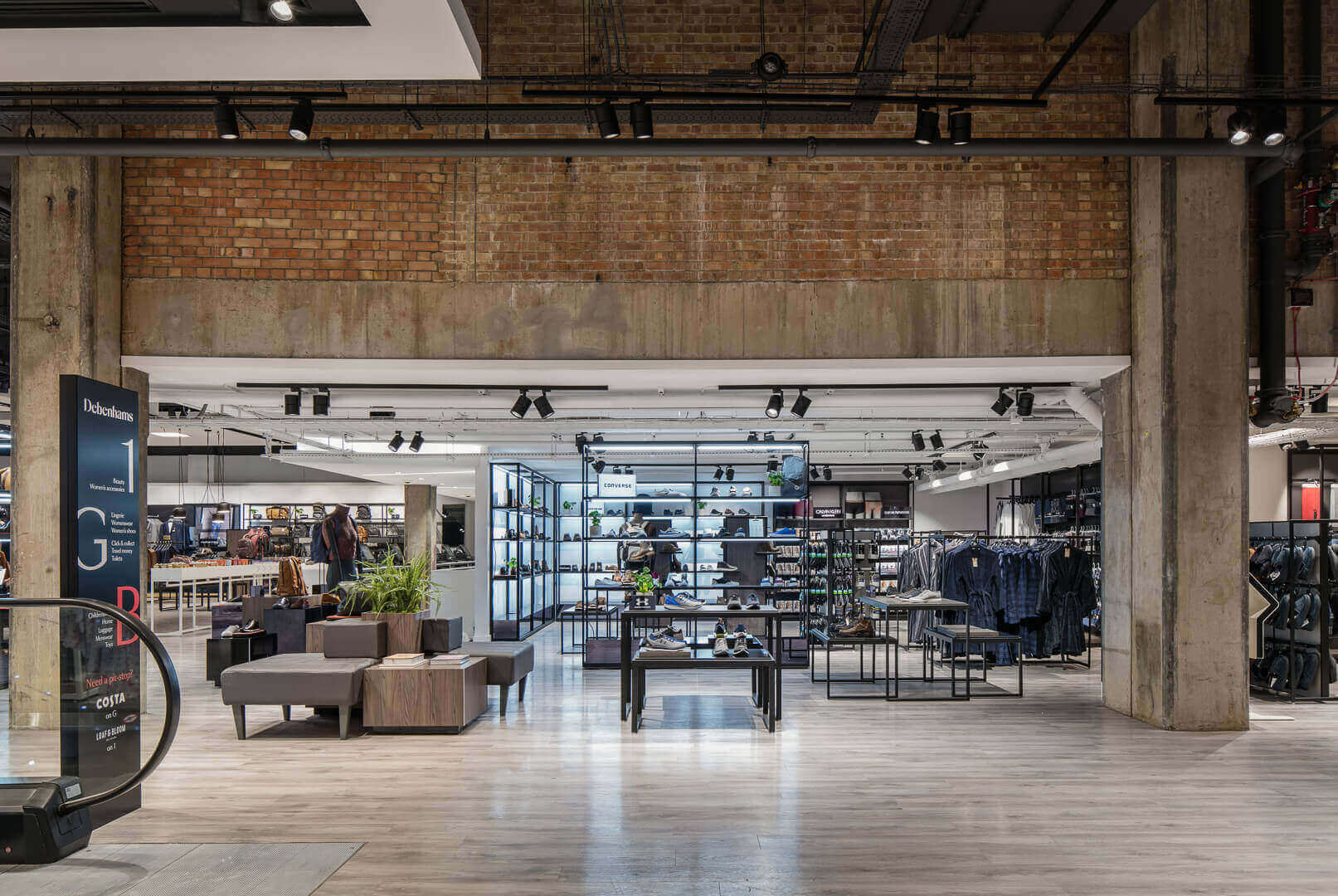In the ever-evolving landscape of retail, distinguishing oneself is essential than ever. As consumer preferences change and competition grows, the physical environment of your store plays a crucial role in attracting and retaining customers. Retail refurbishment is not just about updating the look of your space; it is a strategic investment that can revitalize your brand, enhance customer experience, and ultimately elevate sales. This innovative process allows retailers to stay relevant to a modern audience.
Understanding what retail refurbishment involves and recognizing its value can help you make wise decisions about your store's prospects. With the appropriate design and aesthetic enhancements, you can create a modern environment that resonates with your specific customers. Whether see this page are thinking about a thorough overhaul or a slight refresh, knowing the right time and how to refurbish can lead to a richer shopping experience and drive customer loyalty. In this article, we will explore various refurbishment ideas that not only charm your retail space but also support a thriving business.
The Significance of Store Renovation
Retail refurbishment is important for upholding a shop's attractiveness and significance in a fast-paced market. As consumer preferences shift and fresh styles appear, a fresh look can draw in both potential clients and retain loyal customers. A thoughtfully designed refurbishment breathes new life into a store, making it more appealing and friendly for shoppers. This revitalization can be crucial for differentiating in a competitive retail environment.
Moreover, refurbishing your retail space can substantially boost the client interaction. A well-designed store environment can lead to longer customer visits and higher sales conversion rates. By prioritizing design elements such as arrangement, brightness, and aesthetics, retailers can create a more engaging and noteworthy shopping experience that reflects their brand identity. A friendly space encourages customers to stay, discover, and ultimately make purchases.
To sum up, the process of retail refurbishment is more than just appearance; it's also an chance to boost operational functions. Revamping equipment, optimizing layouts, and integrating sustainable practices can lead to substantial energy conservation and a smaller environmental effect. By investing in refurbishment, retailers are not only enhancing their brand image but also guaranteeing durability in terms of costs and sustainability, which are vital for future success.
Aesthetic and Enhancements
Establishing an inviting atmosphere is crucial for pulling in clients to your store establishment. Aesthetic and enhancements can transform an ordinary retailer into a visually alluring destination that attracts in shoppers. Consider updating your store’s layout to make it more appealing and less complicated to explore. Implementing intentional views and open places invites clients to browse, while well-placed presentations skillfully highlight your merchandise.
Color palettes play a major role in how customers understand your store. Choosing the correct colors can evoke certain responses and produce a sought-after mood. For case in point, warm colors can encourage a inviting space, while cool shades can evoke calm and refinement. Alongside thoughtful interior design aspects like fabrics, finishes, and signage, a harmonious color scheme can strengthen your identity and improve the entire customer experience.
Light is another critical factor that influences both the design and functionality of your shopping area. Applying a mix of ambient, task, and accent lights can generate a vibrant environment that highlights items while boosting client satisfaction. Energy-efficient illumination options not only minimize operational costs but also correspond sustainable principles, attracting green-minded shoppers. Committing to aesthetic and improvements can refresh your establishment, transforming it a modern and pleasant environment for customers.
Financial Planning and Funding Your Renovation
Creating a financial plan for your retail refurbishment is important to ensure you distribute resources efficiently. Begin by recognizing all the components that will need financial support, such as design costs, materials, labor, and any necessary licenses. It's critical to perform thorough research and request quotes from different builders and suppliers. This will not only help you comprehend the overall costs but also aid in spotting areas where you might save money. A strategically developed budget should feature a reserve fund to cover unexpected expenses that can occur during the refurbishment process.
Financing your renovation can be tackled in several ways. If you have ample capital, using your own money may be the most straightforward option. Yet, if financial limitations exist, think about exploring financing options such as commercial loans, revolving credit, or grants for small businesses. Many financial entities offer specific loans for improvements, which might come with beneficial terms. Additionally, some suppliers may extend financing options, allowing you to spread the cost of materials over time, easing cash flow pressures during the refurbishment.
To increase the profitability from your refurbishment, it’s crucial to manage and control costs carefully throughout the project. Regularly review expenses against your financial plan, modifying for any deviations. After the renovation, analyze the effect on sales and patronage to determine the efficacy of your expenditure. Documenting this data can not only provide understanding for future projects but also serve as a compelling narrative to potential financiers showcasing the benefits from your enhanced retail environment.

